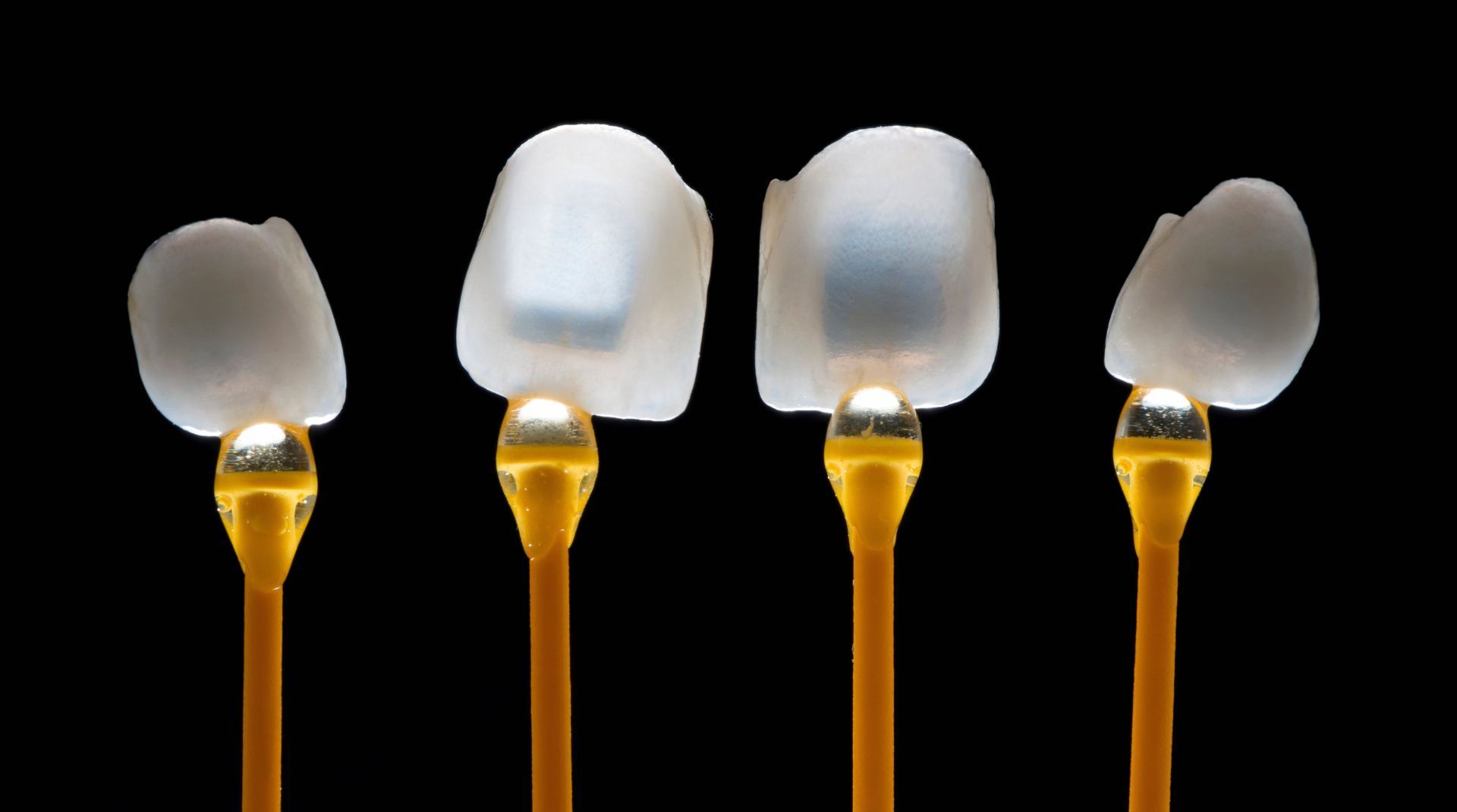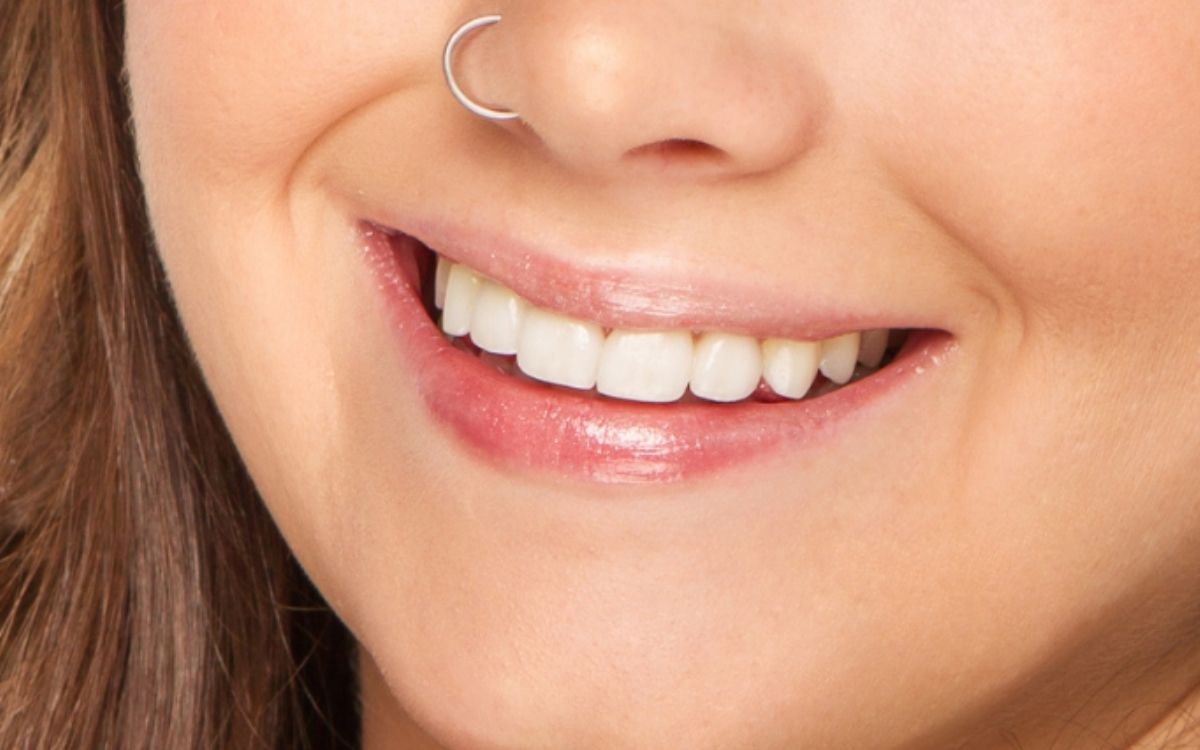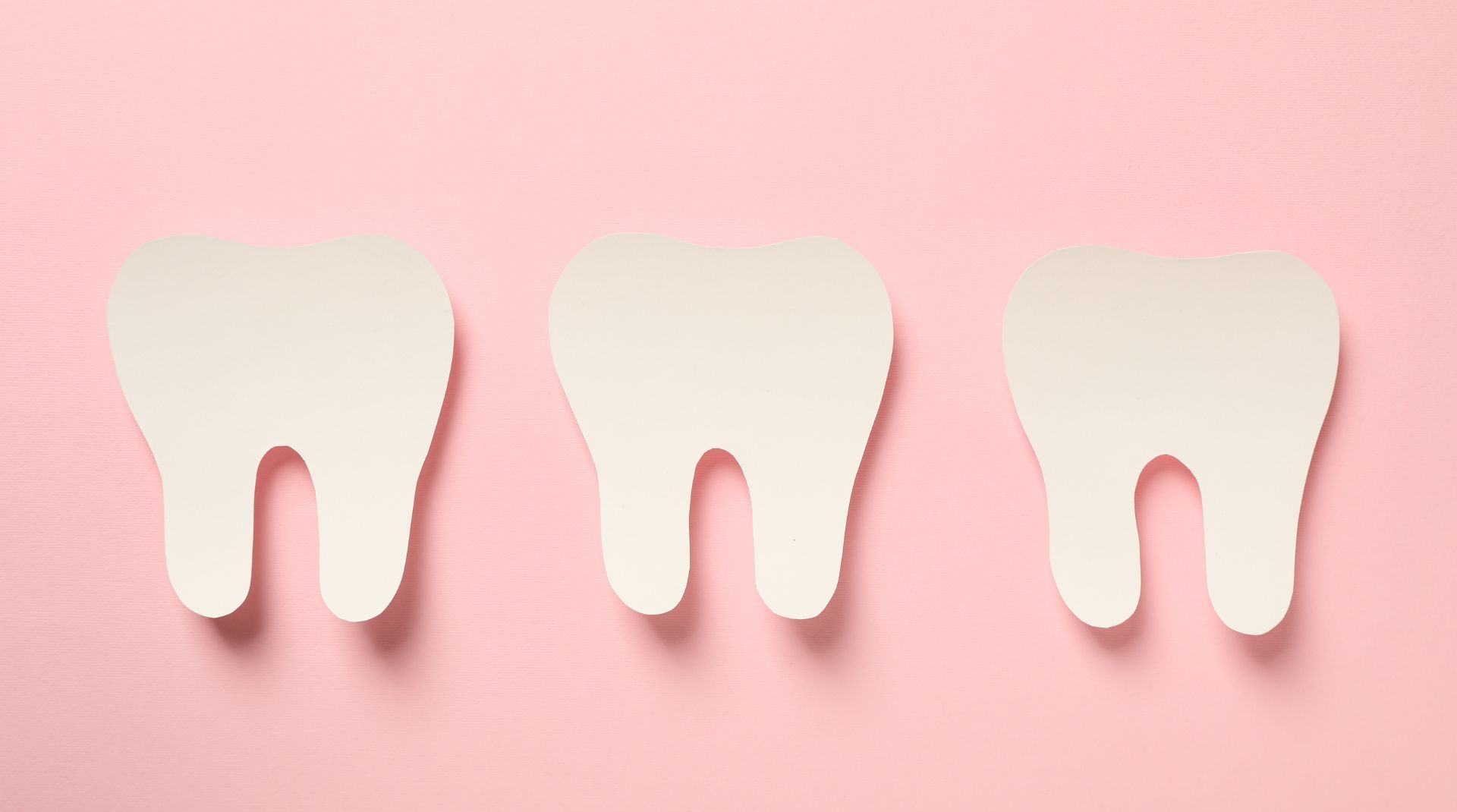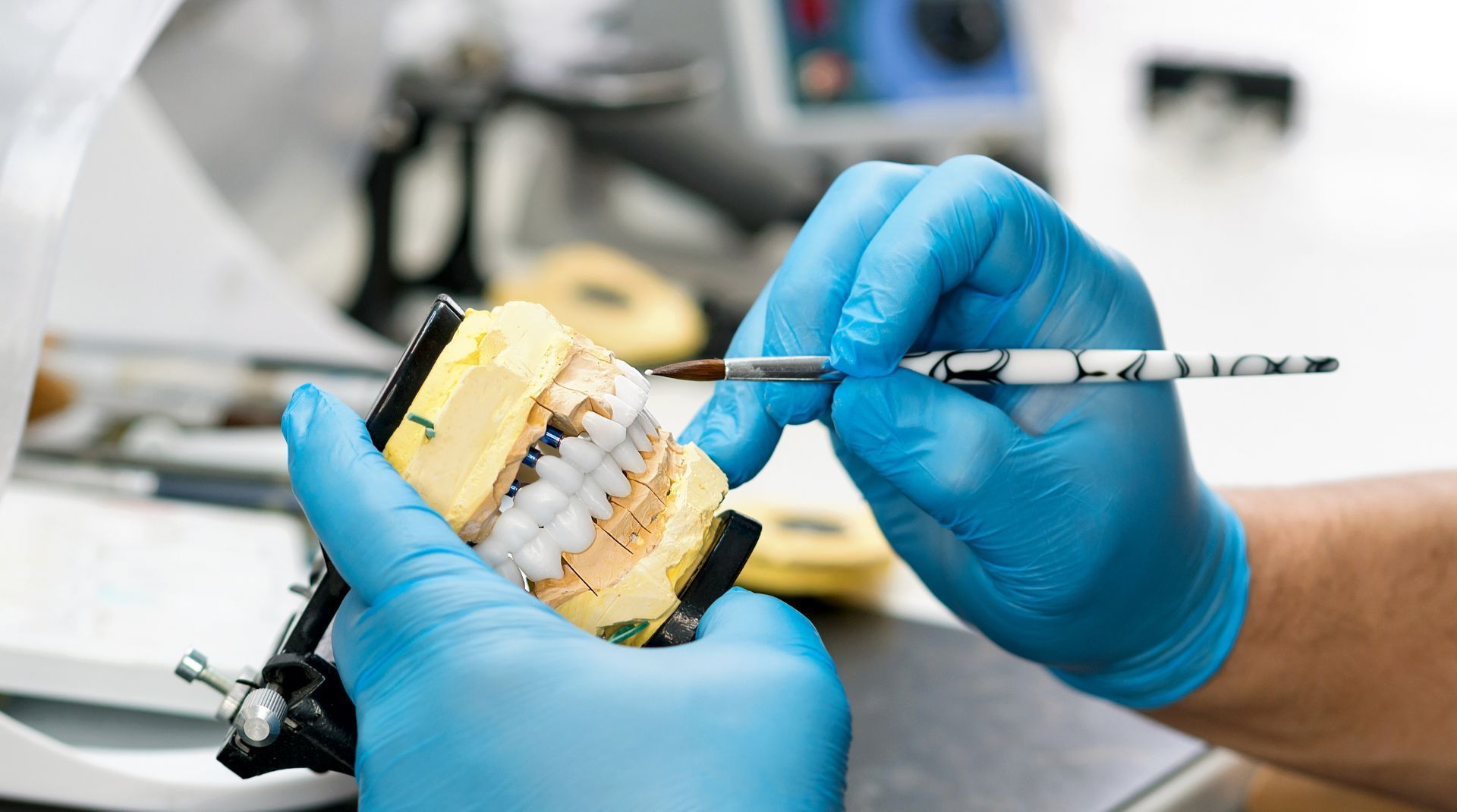What Is Biomimetic Dentistry? A Natural Approach to Tooth Restoration
By Dr. Taylor Workman • October 7, 2025

Quick Summary
- Biomimetic dentistry mimics natural tooth structure and function.
- Preserves 60–90% more tooth structure than traditional methods.
- Uses flexible, tooth-colored materials that bond at a microscopic level.
- Reduces need for crowns and root canals by up to 70%.
- Restorations can last significantly longer with proper care.
- Many cases are completed in a single appointment.
Bottom Line: A conservative, natural approach that prioritizes preservation over removal
Understanding Biomimetic Dentistry
Biomimetic dentistry is a conservative approach that restores teeth by imitating their natural structure, function, and biomechanics (“bios” = life, “mimesis” = to imitate). If you’re in St. George, Santa Clara, Washington, or Hurricane, understanding this approach can help you preserve more natural tooth structure.
Core Principles
- Preserve as much natural tooth as possible
- Restore strength using tooth-like materials
- Mimic natural biomechanics
- Bond at the microscopic level for superior sealing
How Natural Teeth Work
Enamel (outer): hardest substance; protective; brittle yet strong.
Dentin (inner): more flexible; stress absorber; contains tubules.
Partnership: enamel protects; dentin flexes and absorbs stress. Teeth flex up to ~50 microns under pressure. Traditional restorations often ignore this flex, creating stress points, fractures, and sensitivity.
Biomimetic vs. Traditional — Key Differences
Tooth removal: Traditional 40–75% vs. Biomimetic minimal (only damage).
Materials: Traditional rigid metals/ceramics vs. Biomimetic flexible composites.
Visits: Traditional often 2–3 vs. Biomimetic often 1.
Retention: Traditional mechanical vs. Biomimetic adhesive (micro-bonding).
Longevity: Traditional ~5–10 yrs vs. Biomimetic ~10–20+ yrs.
Root canal risk: Traditional higher vs. Biomimetic lower (up to 70% reduction).
Tooth strength after: Traditional 50–70% of original vs. Biomimetic ~85–98%.
Note: The Academy of Biomimetic Dentistry reports substantially higher bond strengths with adhesive techniques.
The Science Behind Biomimetic Restorations
Adhesive Bonding
- Hermetic seals reduce microleakage.
- Restorations move with the tooth, lowering stress concentrations.
- Forces are distributed more naturally, limiting crack propagation.
- Natural flex pattern is maintained.
Layering Strategy
- Deep layer mimics dentin (more flexible).
- Transitional middle layer.
- Surface layer mimics enamel (hard/wear-resistant).
- Layered restorations distribute stress more evenly than single-material ones.
Material Selection
- Dentin-like composites (appropriate elasticity/flexural strength).
- Enamel-like ceramics for chewing surfaces when indicated.
- High-performance adhesives for strong micro-bonds.
- Thermal expansion similar to natural teeth.
Clinical Applications
Cavities/Decay
- Remove only decay; preserve healthy structure.
- Layered, tooth-colored bonding; high aesthetics.
- Often maintains 85–95% of original strength.
Cracked Teeth
- Seal and reinforce cracks; flexible materials help prevent propagation.
- Often avoids full-coverage crowns when structure allows.
Replacing Failed Fillings
- Remove old material and decay only; rebuild with bonded materials.
- Longer-lasting results; strengthens remaining tooth.
Root Canal Alternatives (Select Cases)
- In borderline vital cases, biomimetic techniques may reduce the need for endodontic therapy by emphasizing sealing and preservation.
- Not applicable for necrotic or irreversibly inflamed pulps.
Benefits
For Natural Teeth
- Maximum preservation (often 60–90% more vs crowns).
- Reduced sensitivity due to better seals/insulation.
- Longer lifespan with less aggressive treatment.
- Lower fracture risk via improved stress distribution.
For Oral Health
- Superior seals against bacteria.
- Fewer retreats; break the “restorative cycle.”
- Healthier gums through better margins/contours.
For Patient Experience
- Fewer visits (many in one appointment).
- Less drilling and discomfort.
- Natural-looking results.
- Lower lifetime cost vs. cycles of crowns and root canals.
What to Expect (Procedure)
Evaluation
- Magnification, photos, 3D scans as needed; conservative plan; expected preservation and longevity discussed.
Typical Steps
- Conservative preparation (remove only disease).
- Rubber dam isolation (dry field for optimal bonding).
- Adhesive application (multi-layer protocol).
- Layered build-up (2 mm increments, cured individually).
- Anatomic shaping (cusps/ridges/grooves).
- Final polishing (stain-resistant, enamel-like feel).
- Typical Time: ~90–120 minutes for complex cases.
Recovery/Results
- Immediate function (avoid very hard/sticky foods for 24h).
- Minimal sensitivity for most patients.
- Natural feel within a few days.
- With good care, many last 15–20+ years.
Is It Right for You?
Great Fit If You
- Want to preserve maximum natural structure.
- Have cavities, cracks, or worn teeth needing restoration.
- Need to replace old/failing fillings.
- Prefer to avoid aggressive crowns when possible.
- Value long-term health and aesthetics.
When Other Options May Be Better
- Extremely compromised teeth with too little structure.
- Non-vital teeth requiring endodontics.
- Full bite rehab in severe wear cases.
- Extreme aesthetic demands in select anterior cases.
- Severe bruxism without splint therapy.
- Patients unable to sit for meticulous layering appointments.
FAQ — Biomimetic Dentistry
Q: How much does biomimetic dentistry cost?
A: Typically $400–$1,200 per tooth depending on complexity. More than large fillings, less than crowns, and often helps avoid root canals. Over a lifetime, can save thousands by avoiding the “restorative cycle.” Most insurance reimburses similarly to composite restorations (often 60–80%).
Q: How long do restorations last?
A: With proper care, many last 15–20+ years; numerous cases reach 25–30 years. Ten-year survival rates are high and compare favorably to traditional large fillings and crowns. Longevity depends on hygiene, diet, clenching/grinding, checkups, and remaining structure.
Q: Is it more painful than traditional dentistry?
A: Usually less. Less tooth removal means less trauma. Many patients report minimal postoperative sensitivity, reduced anesthesia needs, and faster recovery.
Q: Can it fix a cracked tooth?
A: Often yes. The approach identifies the crack, seals it with adhesive bonding, uses flexible layering to prevent propagation, and restores strength. Success depends on crack location/extent.
Q: Do biomimetic restorations stain?
A: Modern composites are very stain-resistant when properly polished. Maintain with sensible diet, daily brushing, and regular cleanings. Professional polishing corrects most discoloration if it occurs.
Q: How do I find a qualified dentist in St. George, Utah?
A: Look for advanced training (e.g., Academy of Biomimetic Dentistry; Alleman Center), consistent rubber dam use, magnification, conservative philosophy, patient education, and photo case examples. Ask about training, isolation, preservation philosophy, and prior cases.
Q: Can children benefit?
A: Yes. Preserving developing teeth is critical; minimal drilling reduces anxiety; restorations can last into adulthood; preservation supports normal growth and bite development. Ideal for typical childhood decay, minor fractures, and certain developmental defects.
The Future of Biomimetic Dentistry
- Growing evidence base and adoption.
- Lower retreatment needs, high patient satisfaction.
- Expanding insurance recognition.
- Advances: bioactive materials, nano-scale fillers, AI-assisted design, chairside CAD/CAM, and smart, pH-responsive composites.
Real-World Impact
Breaking the Traditional Cycle
- Traditional progression: small filling → bigger filling → crown → root canal + crown → fracture/extraction → implant. High lifetime cost and tooth loss.
Biomimetic Alternative
- Small conservative restoration → minor touch-ups if needed → natural tooth retained for decades. Significantly lower lifetime cost and better long-term outcomes.
Public Health Perspective (conceptual)
- Fewer root canals and extractions, lower national costs, improved quality of life via tooth preservation.
Making Informed Decisions
Use this knowledge to ask about: amount of tooth removal, conservative options, expected longevity, effect on strength/vitality, similar case photos, timing risks, and root-canal risk.
The Bottom Line
Biomimetic dentistry respects biology and biomechanics. For many cases it delivers stronger, longer-lasting, more conservative, natural-looking restorations with lower lifetime costs. It’s not for every situation—but understanding it helps you choose wisely.
Ready to Preserve Your Natural Smile?
SmileArt — St. George, Utah
640 E 700 S Suite 10a, Saint George, UT 84770
Call: (435) 900-2450
Email: info@smileartutah.com
Serving: St. George, Santa Clara, Washington, Hurricane, Ivins, and surrounding Southern Utah communities.
ABOUT THE AUTHOR
Dr. Taylor Workman, DDS
- Case Western Reserve University School of Dental Medicine (2001)
- 20+ years of clinical experience
- Extensive CE in advanced restorative techniques
- Member, American Dental Association
Practice Philosophy: “Empower patients with knowledge; preserve natural tooth structure whenever possible to achieve healthy, lasting smiles.”
ADDITIONAL RESOURCES
• Academy of Biomimetic Dentistry — aobmd.org
• Alleman Center for Biomimetic Dentistry — allemancenter.com
Related Blog Ideas
- Dental Materials 101: What’s In Your Restoration?
- Choosing the Right Dentist for Complex Cases
- Tooth Sensitivity After Dental Work
DISCLAIMER
Educational purposes only; not medical advice. Every situation is unique. Consult a qualified dental professional for personal recommendations.
Last Updated: October 17, 2025 | Reading Time: 12 minutes
Insights to fuel your marketing business
Sign up to get industry insights, trends, and more in your inbox.
Contact Us
We will get back to you as soon as possible.
Please try again later.
SHARE THIS







